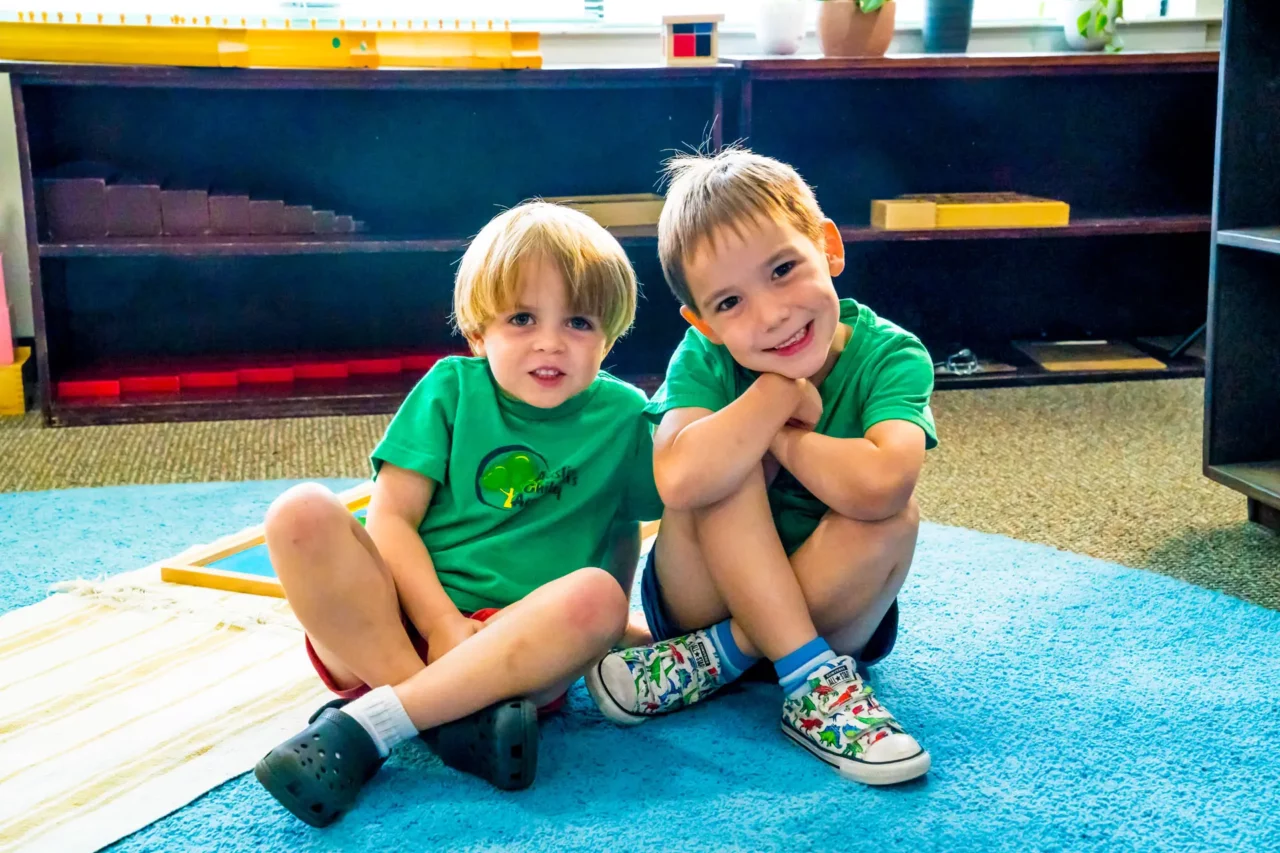
Curiosity is one of humankind’s innate abilities, the force that urges us to learn more about the world in which we live. Every child is born with an ample dose, which manifests the very first time an infant tracks an object with his eyes. Curiosity is the engine that drives a student to learn letters, numbers, reading, and long division. Ideally, they will later harness their innate curiosity to tackle British literature and calculus.

So what’s the best way to super-charge curiosity in children?
Structure Vs. Freedom Of Choice
Although some daily structure is vital at home and in the classroom, extended periods of unstructured time gives children the freedom, space, and tools to discover their own personal interests. Although this is true both for preschoolers and teens, younger children especially benefit from being granted a level of autonomy within a safe space. Slashing a packed family calendar to make room for a few free daily hours not only sparks creativity but it also builds confidence and self-esteem.
Changing up routines now and again can also inject a jolt of excitement. Introducing novelty encourages kids to question what they think they already know. Consider these curiosity-building options:
- Serve dinner foods for breakfast, or vice-versa
- Walk a different way to school, the park, or another venue
- Have a “backwards day,” where everything you both say will mean the opposite
- Start a new collection of common items, such as tree leaves, seed pods, or pressed flowers, just for fun
- During a TV show, dance at every commercial break
Guidance Vs. Instruction
How a child is introduced to new concepts really matters when it comes to harnessing curiosity. Jamie Holmes, the author of NONSENSE: The Power of Not Knowing, says that “the emotions of learning are surprise, awe, interest, and confusion.” Top-down teaching, where the instructor determines the subject of study, may not be the optimal way to invoke surprise, awe, and interest—especially in younger children.
One of the classroom methods Holmes encourages is a non-authoritarian teaching style of the Montessori kind, which focuses on independent exploration and thoughtful self-correction. Children should feel free to make mistakes and learn to fix those mistakes by trial and error, rather than have an authority figure swoop in and fix the problem. One of a parent’s most difficult tasks is holding back from the urge to correct every mistake and smooth every difficulty. But a child who falls down and gets back up, or fails and then tries again on his own, will learn not to let fear hinder his own curiosity.
What If? Vs. What’s On?
It’s a sobering fact that many modern American families have a physical or digital calendar that lists sports events, doctor’s appointments, teacher-parent meetings, and social events in a different color ink for each family member. With a schedule that’s constantly bleeding a rainbow, it’s nearly impossible to find time for imagination, curiosity, and exploration. Downtime may be so short that it’s easier to fill it with screen time rather than opportunities to spark curiosity.
But sparking curiosity can also take place in small increments, as when driving a child to a sports event, waiting for the school bus, or sitting across the family dinner table. Make a game of asking questions that begin with “What if?” or “Why?” What if cartoon creatures could step out of the TV and join you in the living room? Why does spaghetti get all gooey when it’s overcooked? As a parent, you’re a role model. If you ask intriguing and “silly” questions, your child is more likely to summon the courage to follow your lead.
With so much emphasis on testing and accountability in American education, what is often lost in the analysis is the importance of developing a lifelong love of learning. By boosting a child’s curiosity, that child will achieve academic success not just for one academic year but also for a lifetime.





